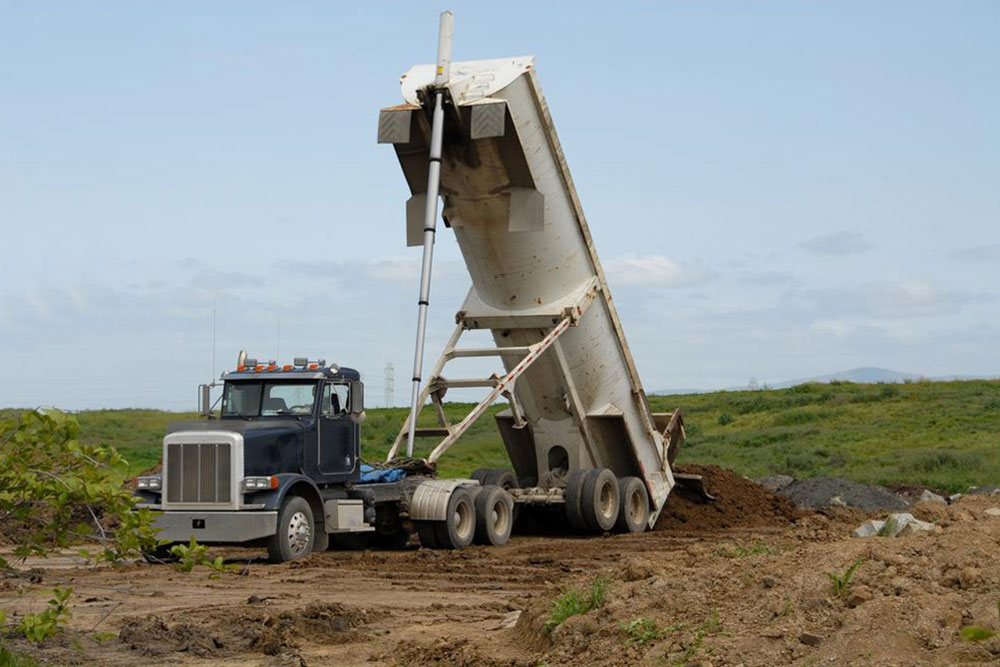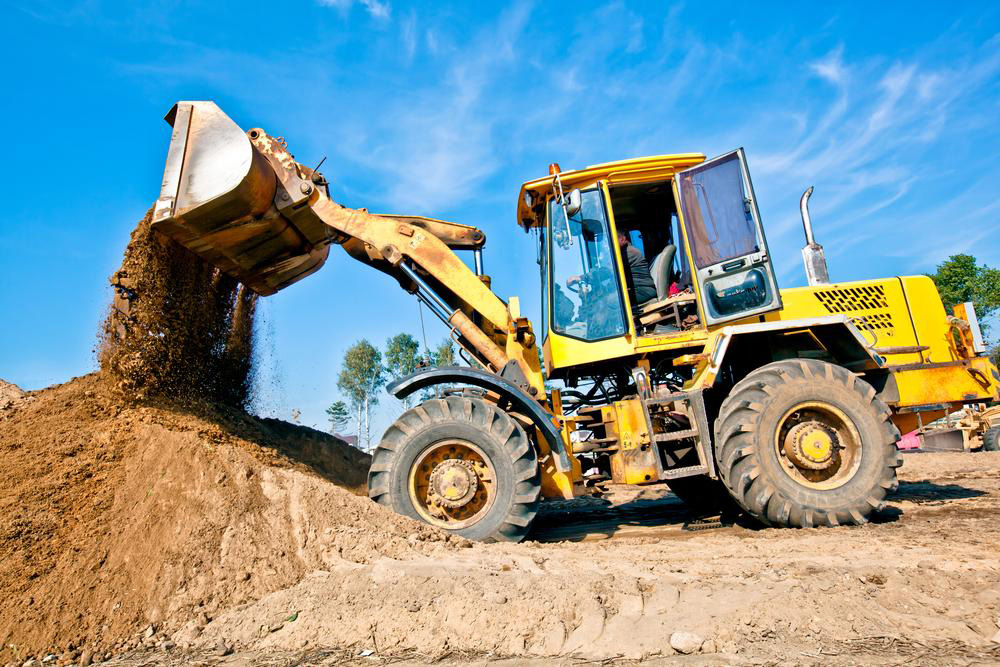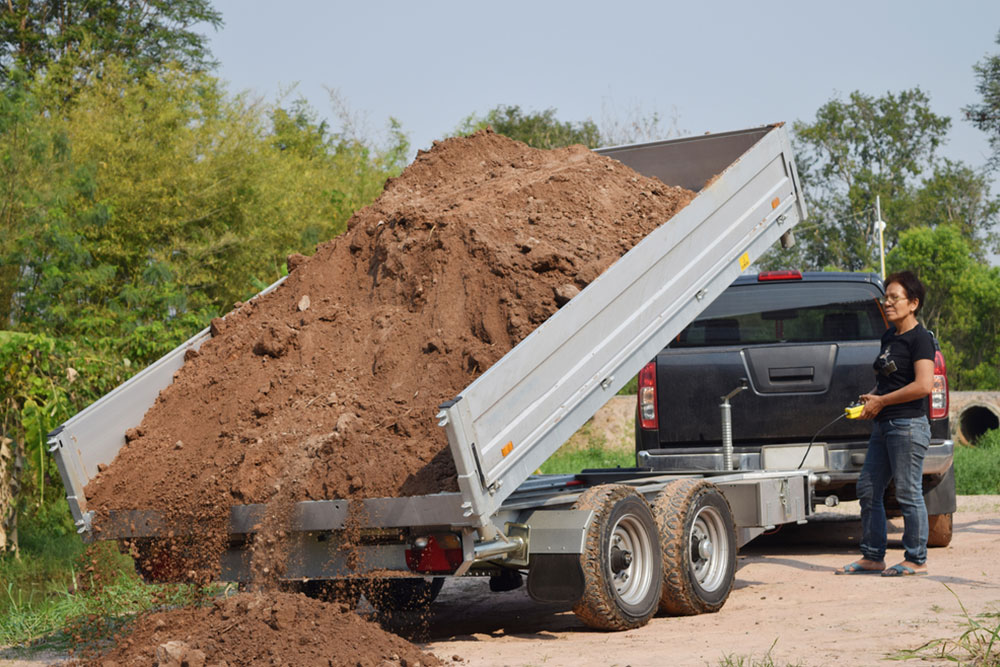Selecting the Optimal Dump Trailer: End vs. Side Models
This guide compares end dump and side dump trailers, highlighting their features, advantages, and ideal applications. Learn which trailer suits your heavy-duty hauling tasks based on durability, maneuverability, stability, and regional usage to make an informed purchase decision.
Sponsored

Selecting the Ideal Dump Trailer: End or Side?
When choosing a dump trailer suited for your project, the main consideration often revolves around whether an end dump or side dump trailer fits your needs better. Both types excel in heavy-duty tasks, making the decision challenging. Read on to explore the benefits of each, helping you determine the best option for your workload.
Features of End Dump Trailers
Build and Durability:
End dump trailers traditionally feature lighter aluminum construction, which may compromise durability. However, steel variants are now prevalent, providing impressive strength. If resilience is a priority, end dump trailers are a solid choice.
Payload Capacity:
Their higher and reinforced sides maximize yard capacity, allowing for larger loads.
Ease of Maneuvering:
Ideal for tight spaces, these trailers facilitate efficient unloading in constrained areas.
Stability and Safety:
Due to their design, end dump trailers are more prone to tipping, requiring possibly higher insurance premiums, especially in complex terrains.
Typical Uses:
These trailers are best suited for construction tasks such as road building, snow removal, and aggregate storage, predominantly in eastern regions.
Features of Side Dump Trailers
Durability:
Known for robust construction, side dump trailers offer reliable longevity.
Maneuverability:
Less suited for confined spaces, they excel in open areas.
Stability and Cost-Effectiveness:
They provide superior stability during unloading and typically attract lower insurance costs, making them economical.
Payload and Flexibility:
While their individual capacity is smaller, they support complex multi-trailer setups for increased efficiency.
Common Applications:
Frequently used in levee construction, mining, excavation, and road projects. They handle heavy materials like boulders and riprap, although their aluminum build may be more prone to dents from large rocks.
Regional Preference:
More popular in western and Midwest regions.
By understanding these features, you can better determine the trailer type that aligns with your operational needs and regional considerations.






